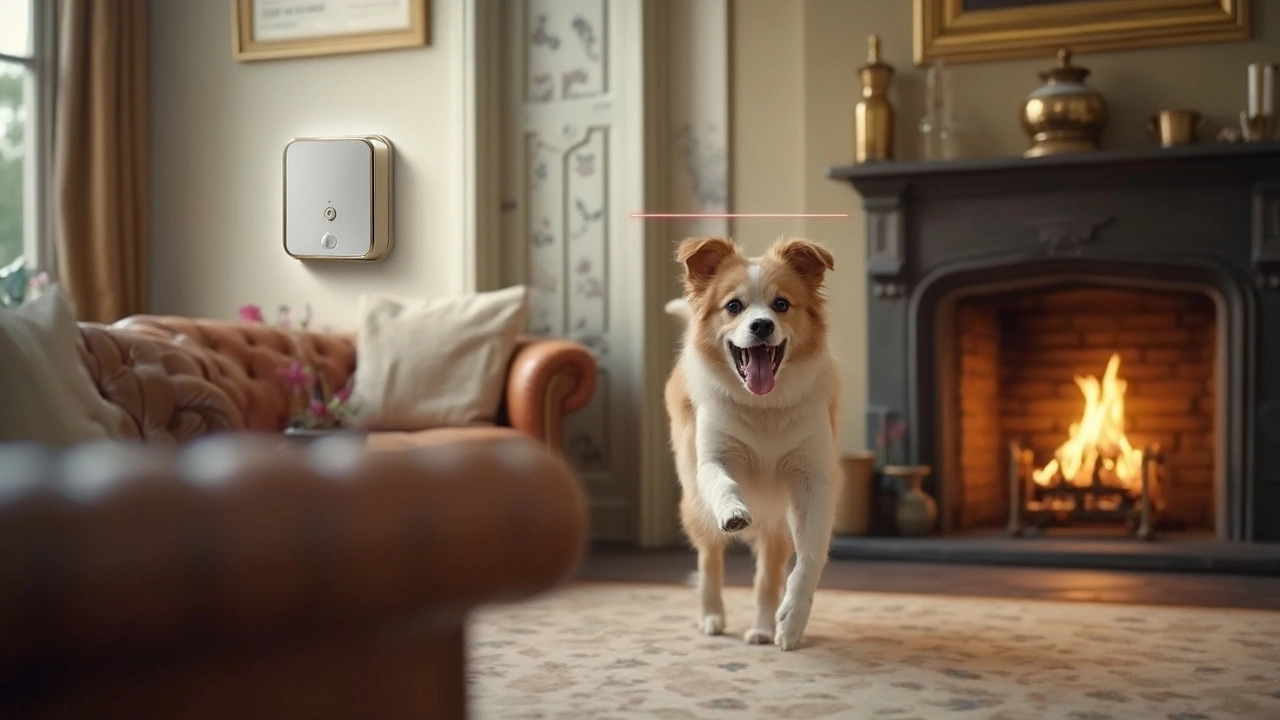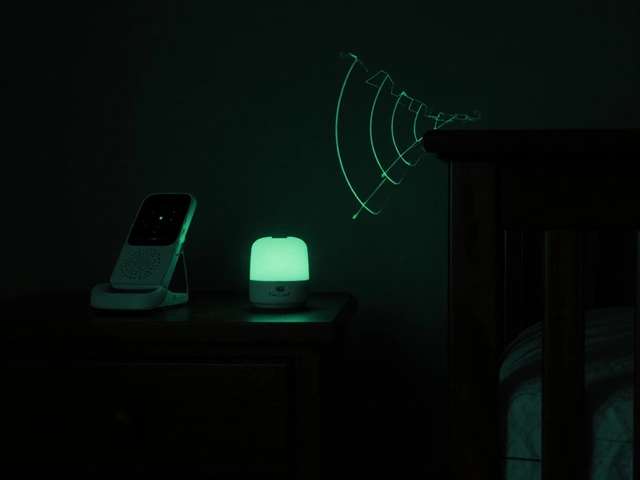Sensor Issues: What’s Wrong and How to Fix It Quickly
If a sensor stops working, it can feel like the whole security system is broken. The good news is most sensor problems are simple to spot and fix. Below we walk through the most common issues for motion detectors, doorbell cameras, and alarm sensors, plus quick steps you can take right now.
Why Motion Sensors Fail
Motion sensors are the eyes of a burglary alarm. They tend to misbehave for three main reasons: dust on the lens, low batteries, and placement errors. Dust blocks the infrared beam, so wipe the front with a soft cloth. Check the battery – many sensors give a low‑battery beep before they stop detecting. Finally, make sure the sensor isn’t aimed at a window, a heater, or a busy street; those sources cause false alerts or silence the sensor.
After cleaning and swapping the battery, test the sensor from a few feet away. You should hear a quick chirp or see a flashing LED. If it still doesn’t react, move it a few inches higher or lower. Small adjustments often solve the problem.
Doorbell Camera and Ring Sensor Troubles
Smart doorbells combine a camera with a motion sensor, so they can suffer from Wi‑Fi hiccups, firmware lag, or a weak power source. First, make sure your home Wi‑Fi is stable; a weak signal will drop video and stop motion alerts. Restart the router and the doorbell, then check for firmware updates in the app – manufacturers push fixes regularly.
Battery‑powered doorbells need a recharge every few months. If the battery is low, the sensor will only work intermittently. Plug the doorbell into a charger for at least an hour, then test the live view. If the video stays blank, the transformer or wiring could be the culprit. In that case, call a professional to check the voltage.
Some users report that the doorbell triggers too often at night. Adjust the motion sensitivity in the app – most devices let you choose low, medium, or high. Lowering the sensitivity reduces false alerts from passing cars or pets.
Alarm Sensors and False Alarms
When an alarm goes off for no reason, it can be frustrating. The usual suspects are loose wires, tampered sensors, or environmental factors like temperature changes. Open the sensor’s back cover and look for loose screws. Tighten them, then give the sensor a gentle tap – you should hear a click confirming it’s seated correctly.
Temperature swings can affect wired sensors, especially those placed near HVAC vents. If you notice false alarms after the heating turns on, relocate the sensor away from direct airflow. Adding a small piece of foam behind the sensor can also buffer temperature changes.
If you’ve tried cleaning, reseating, and adjusting settings and the sensor still misbehaves, it may be time for a replacement. Most manufacturers offer a 30‑day warranty on defective units.
When to Call a Pro
DIY fixes work for 80 % of sensor problems. Call a professional if you see any of these signs: the sensor won’t power on after battery replacement, the wiring looks burnt or frayed, or the system repeatedly sends error codes you can’t clear.
At Birmingham Security Command Center we partner with certified installers who can troubleshoot complex issues, replace faulty hardware, and re‑program your system for optimal performance. Our 24/7 monitoring team also makes sure any sensor failure is flagged instantly, so you never miss a real threat.
Keeping your sensors in good shape is a small task that pays big dividends. A quick wipe, battery swap, or setting tweak can stop false alarms and restore peace of mind. If you’re ever unsure, reach out – a short call can save hours of headache later.


